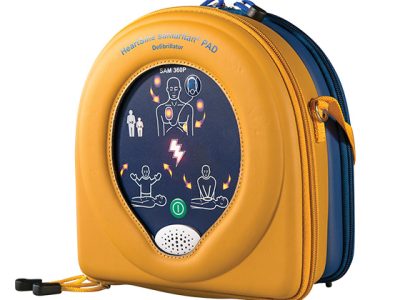
Upholding strict cleanliness standards is crucial in safeguarding both patients and medical staff, yet not every cleaning process is given equal weight. One commonly undervalued area is laundry. While fabrics may appear spotless, they can still harbor invisible microbes if not properly sanitized, quietly undermining infection control.
Textile Contamination: A Silent Threat
Gowns, linens, and towels regularly pass through healthcare settings, making frequent contact with infectious materials. Without meticulous sanitation, these textiles can carry pathogens from one patient or area to another. Minor oversights—such as incorrect wash temperatures or careless storage of clean items—can quickly turn routine laundering into a serious vector for cross-contamination.
That’s why it’s crucial to rely on commercial laundry services equipped to meet rigorous medical standards. These providers implement specialized detergents, tightly controlled cycles, and strict handling protocols to ensure deep disinfection. Choosing a partner with proven experience in healthcare-specific laundering helps minimize lapses caused by manual error or inconsistent practices. However, if these protocols are executed hastily or by inadequately trained workers, the entire infection control chain is weakened.
Why Comprehensive Cleaning Protocols Matter
Thorough disinfection in all areas of a medical facility is key to keeping pathogens at bay. Frequently touched surfaces, shared medical instruments, and even ventilation systems can become hotspots if neglected. Tools such as UV-C sanitation lights and electrostatic sprayers significantly enhance disinfection efforts—when used consistently and in accordance with guidelines.
The Ripple Effect of Poor Hygiene Practices
Lapses in sanitation can lead to far more than increased infection rates. The financial toll of managing outbreaks, responding to legal claims, and addressing damage to a facility’s reputation can be enormous. On top of that, public perception can suffer; when patients lose trust in a facility’s ability to maintain a safe environment, it can result in fewer visits and long-term reputational harm.
Building a More Resilient Hygiene Framework
Preventing contamination requires a proactive and enforceable sanitation strategy. Partnering with laundry vendors that follow healthcare-specific protocols is a critical step. Just as important is maintaining ongoing training for staff and ensuring compliance with the latest infection control standards. Introducing technology—like electrostatic sprayers—into daily routines can further reduce the likelihood of human error and support consistent cleaning outcomes.
Ultimately, cleanliness in healthcare isn’t just a matter of meeting minimum standards—it’s a foundational responsibility. By reinforcing best practices across all areas, especially those often taken for granted like laundry, medical facilities can protect lives, foster trust, and avoid the cascading consequences of overlooked hygiene.
Content provided by Sparklean Laundry, professional dry cleaners in Phoenix











